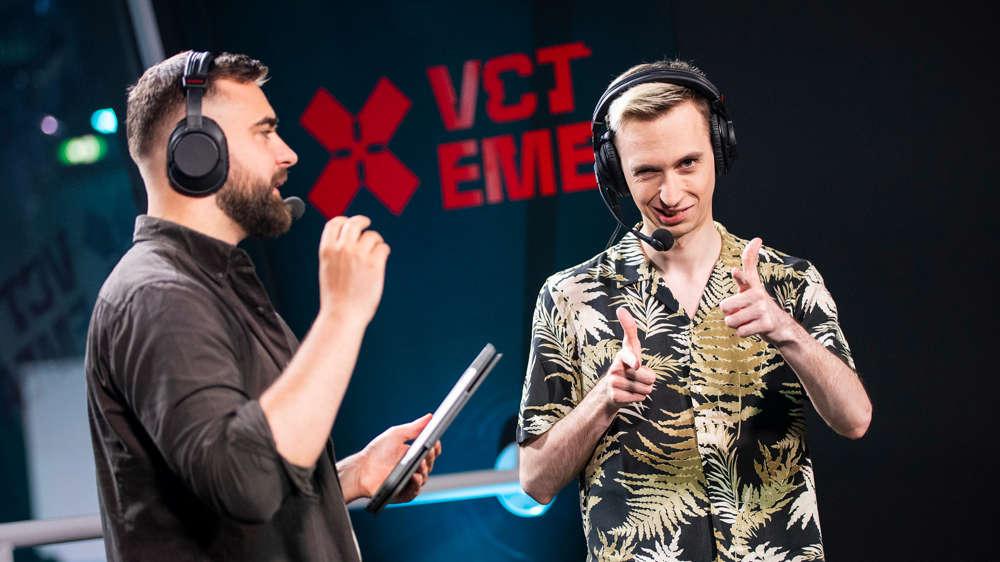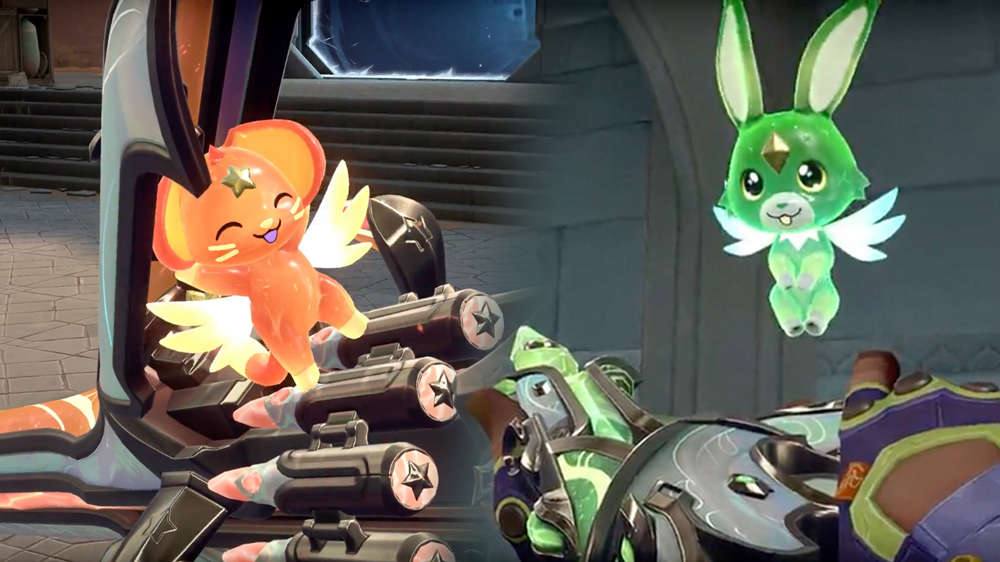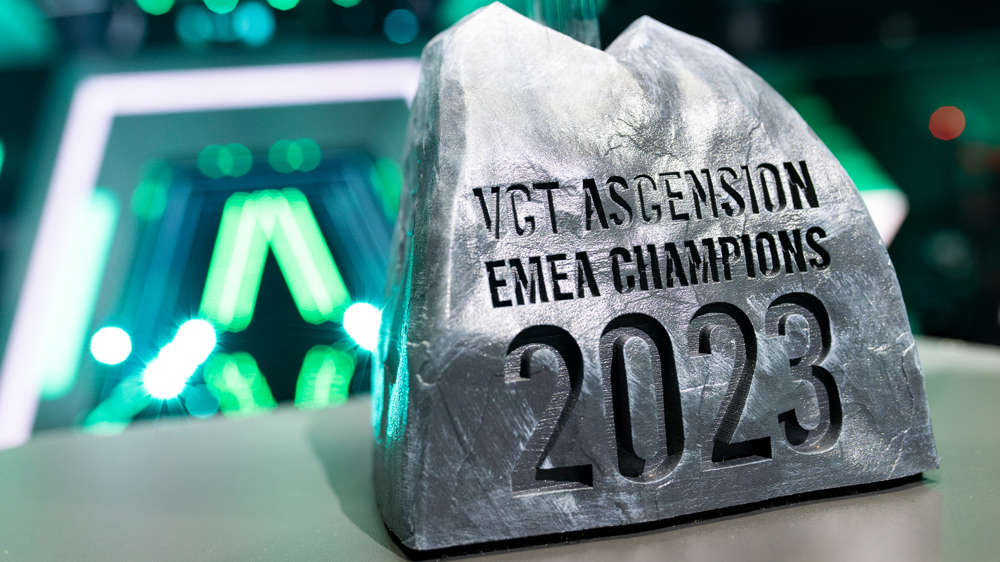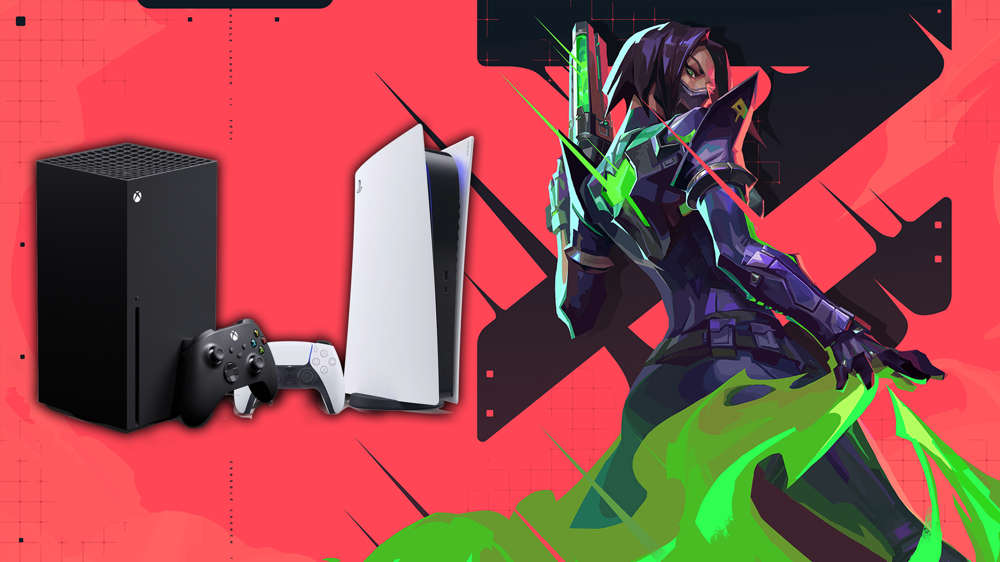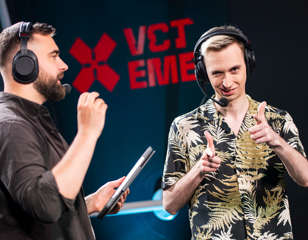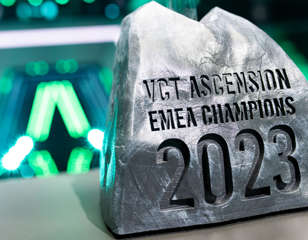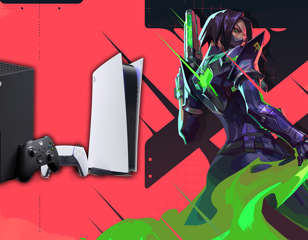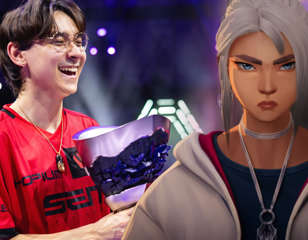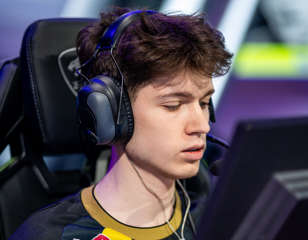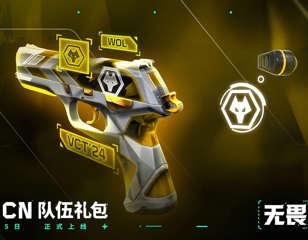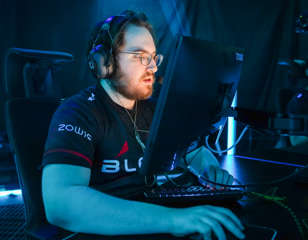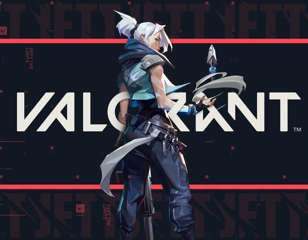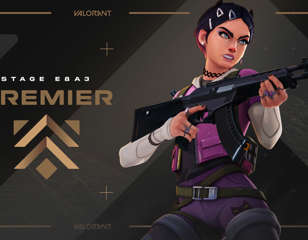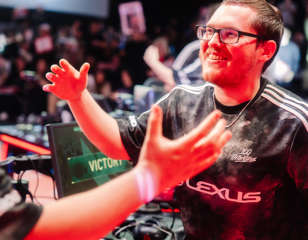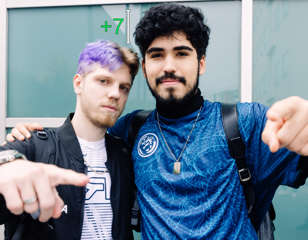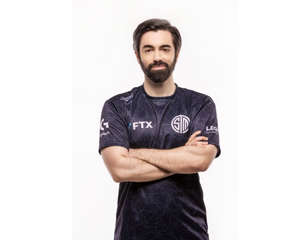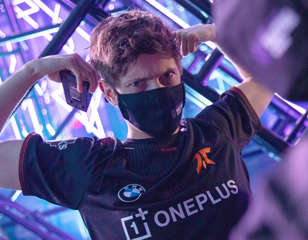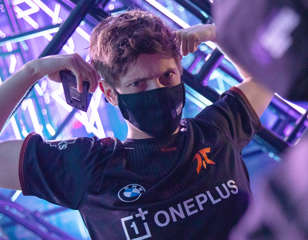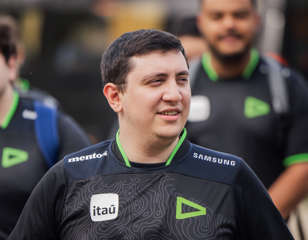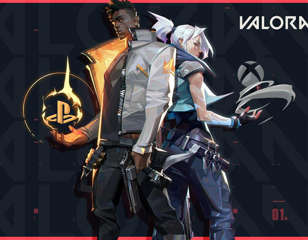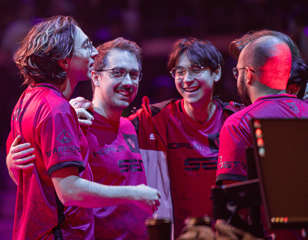Why are these esports pros switching to VALORANT?
Many established esports professionals have left their respective scenes and are setting sail to VALORANT. Who are they and what led them to that decision?

Sascha Heinisch
12th May 2020 18:00
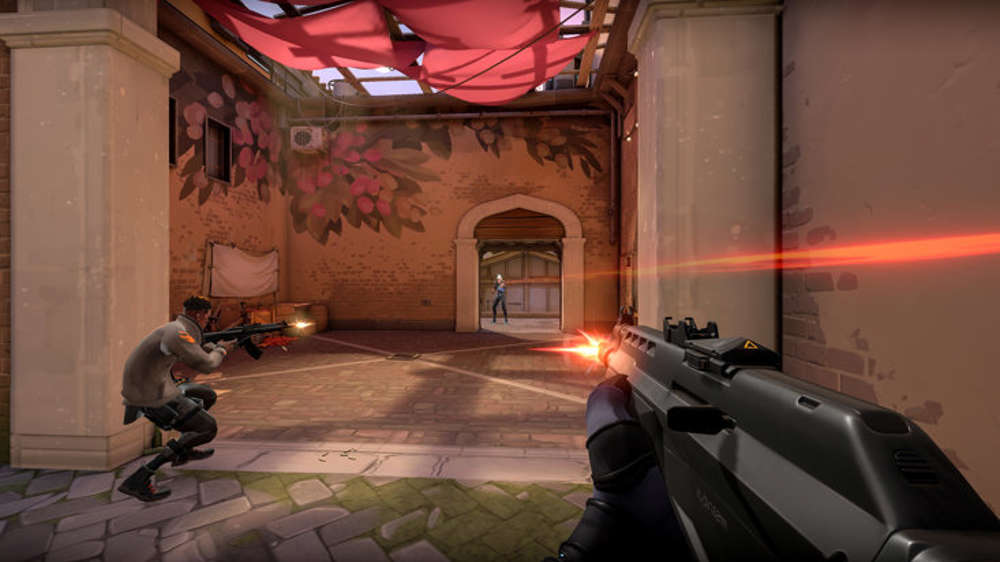
Every other day a known name within esports throws in the towel for the game that made them and is announcing their retirement to move to Riot Games’ tactical multiplayer FPS VALORANT. Are these professionals that convinced of VALORANT’s future success as an esport or do they share other incentives?
It’s not the same anymore
A pattern that has emerged throughout various public statements as to why professional players are leaving their esport to pursue a career in VALORANT is that they have either fallen out of love with their respective games or that they see no future to make a living.
For Overwatch League Season 2 MVP Jay “Sinatraa” Won, the significant changes to the games’ core design features made him look to greener pastures. In a twitlonger to his fans and former teammates, he stated that he had “straight up just lost passion for the game”, speculating that it was due to the introduction of role lock and hero pools, two system which significantly limited the character selection choices and enforced a completely new meta to play the game under, now relying less on specialization and more on patchworking strategies.
Moreover, the inherited core gameplay experience from CSGO has struck a chord with professionals around the esports industry, with many of them having played Counter-Strike in their youth. In a statement Corey “Corey” Nigra shared “When I was younger, I had the ambition to go pro in Counter-Strike. Seeing VALORANT as a hybrid between CS and OW, this looks like the game that was made for me.” Corey himself had been a shining star for his team, the Washington Justice, and had even achieved the status of a role star, a title given to players in Overwatch League who perform the best in their role over a season.
For CSGO veterans like Ryan “freakazoid” Avadir and Shahzeeb "ShahZaM" Khan, the North American Counter-Strike scene did not provide the necessary career opportunities for them to make a living and the opportunities in VALORANT seemed to give them a perspective to derive hope from. Across the pond in Europe, few players have made the move from CSGO presumably because the scene remains competitive and there are ample opportunities to be signed by the various esports teams still going strong on the continent. It stands to reason that the North American Counter-Strike scene suffers the most from the fallout of COVID-19, seeing how they currently do not have the opportunity to participate in online competitions such as the ESL Pro League.
Both disgruntled with the gameplay and the esports system in APEX Legends, Team Liquid’s Lucas "Mendo" Håkansson and NRG’s Brandon "Ace" Winn have also moved on, both having shared their disappointment with the development of the competitive scene for the game.
The underlying sentiment often seems to be that players first and foremost were looking for a lifeboat to rejuvenate their passion or their ability to earn a salary rather than being totally blown away by whatever VALORANT has to offer. That said, their movement to VALORANT is still a sizeable vote of confidence, especially when coming from players like Sinatraa and Corey, who by all rights were considered elite players in the Overwatch scene as they departed.
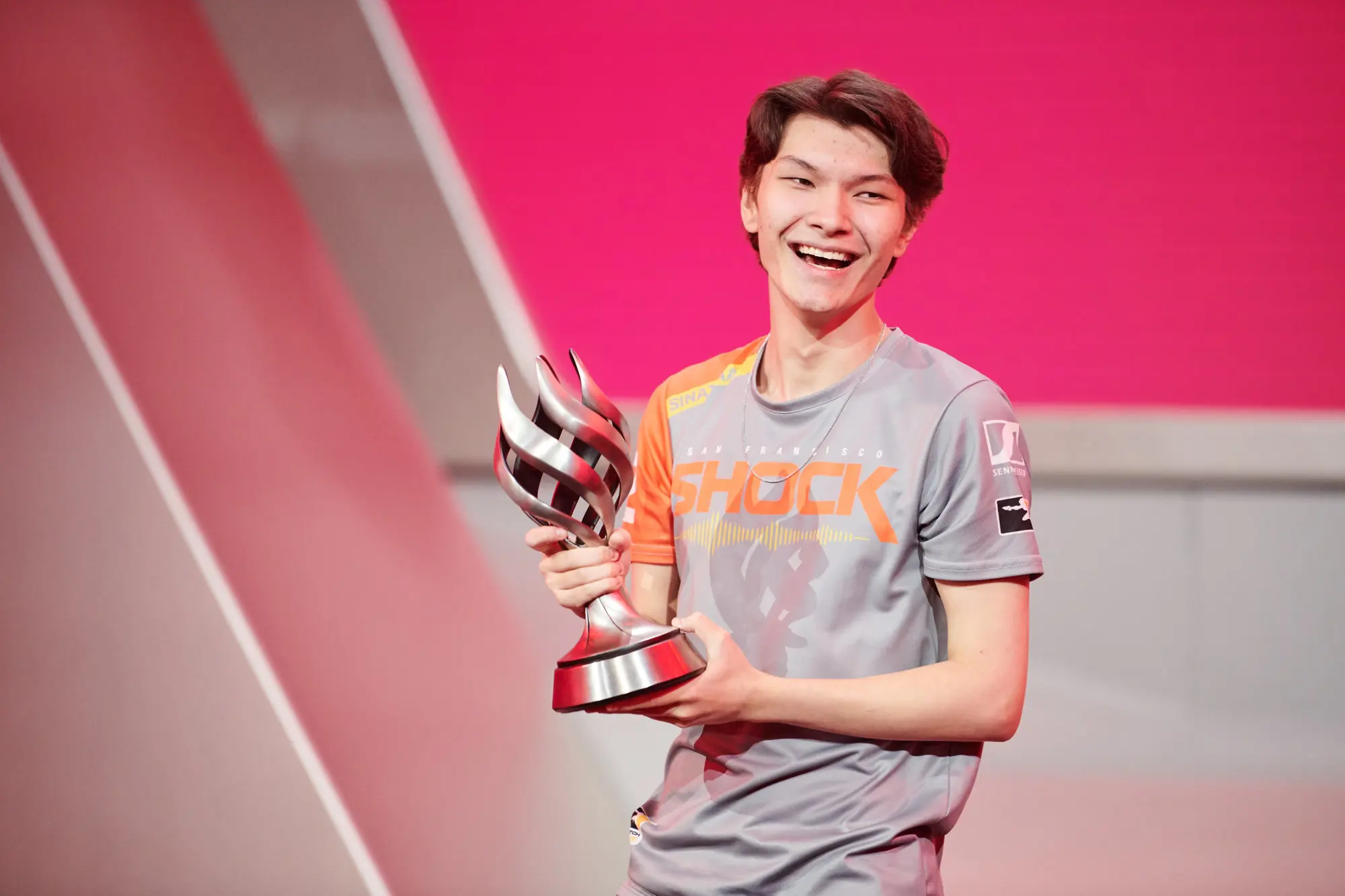 Sinatraa holding his MVP Trophy, via Blizzard Entertainment
Sinatraa holding his MVP Trophy, via Blizzard Entertainment
The opportunity to build something great, together
Riot Games have impressively demonstrated the ability to build a successful esports with the reach of their MOBA League of Legends. With four franchised leagues spanning three continents and two unifying high points of the year in the mid-season invitational and the world championship, League of Legends is far and away the most-watched esport in the world, dwarfing the AMA (short for average minute audience, an industry metric to measure viewership) that numbers of other esports in comparison. LoL’s success was based on a hard-earned and organic development that spanned over a decade in which the developer kept improving upon the formula and explored creatively what their audience would like to see.
While cultural phenomena like League of Legends are hard to repeat with intent, often relying on a slow rollout with a developer that remains attentive to the needs of their player base and are hard to copy game by game due to the wildly different audiences that a game’s inherent gameplay features might attract, the confidence of Riot Games being able to repeat it with VALORANT due to their process is on solid ground. Riot has said that their approach won’t be to copy-cat their League approach but rather their way of understanding who their core audience are.
The way that Riot has moved so far in the market has been a master class in influencer engagement, starting from the involvement of gaming personalities in an initially planned alpha event in Los Angeles behind closed doors to the distribution of access via the Twitch channels of said influencers. Pro players around the scene feel that they have an open line of communication with the development team that have shown to be active in discord groups and on social media, often taking hours out of their day to clarify their design intent or the issues that they are facing. The level of access that these pro players enjoy is a reality that is only slowly coming around in esports games. In cases like the Overwatch League, players only had limited input in the vision of the game and major decisions have been dictated from the top down for the longest time.
The hope for VALORANT is that Riot crowdsources the creative vision of the game by allowing its community to constructively engage with it, growing alongside each other like League of Legends once did in its pre-franchising days. The economic backing of Riot Games by Tencent is another source of confidence has shaped the perception of this opportunity for owners too.
These aspects seem to also inspire confidence in esports organizations around the industry, who are willing to sign players to respectable salaried contracts before the full scope of VALORANT’s ecosystem is even officially known. Once again, Riot made use of their wealth of experience and connections within the esports industry and has effectively communicated a path which owners can get behind. For some of those organizations, the opportunity to get on the ground from day one and entrench themselves to what might become a tier 1 esport looks a lot more promising than the sobering realities of what their current projects in other games are able to bring in, elevating the value of an early investment into VALORANT esports.
Conclusions
VALORANT could not have hit at a better time, as multiple esports around the industry are facing unique challenges, both from a game design as well as ecosystem point of view, which certainly are exacerbated by the challenges of having to fix them during a global pandemic. Riot Games have done more than just to cash in on their League of Legends laurels and have welcomed these disgruntled professionals with open arms. Sitting firmly in the honeymoon phase of this endeavour without really having done more than having delivered a solid game with an ambitious vision that actors in the scene can take ownership to help it grow, Riot Games will have to deliver on those promises and consequently offer up parts of the pie in order to keep the momentum rolling in the foreseeable future.

About The Author
Sascha Heinisch
Sascha "Yiska" Heinisch is a Senior Esports Journalist at GGRecon. He's been creating content in esports for over 10 years, starting with Warcraft 3.
